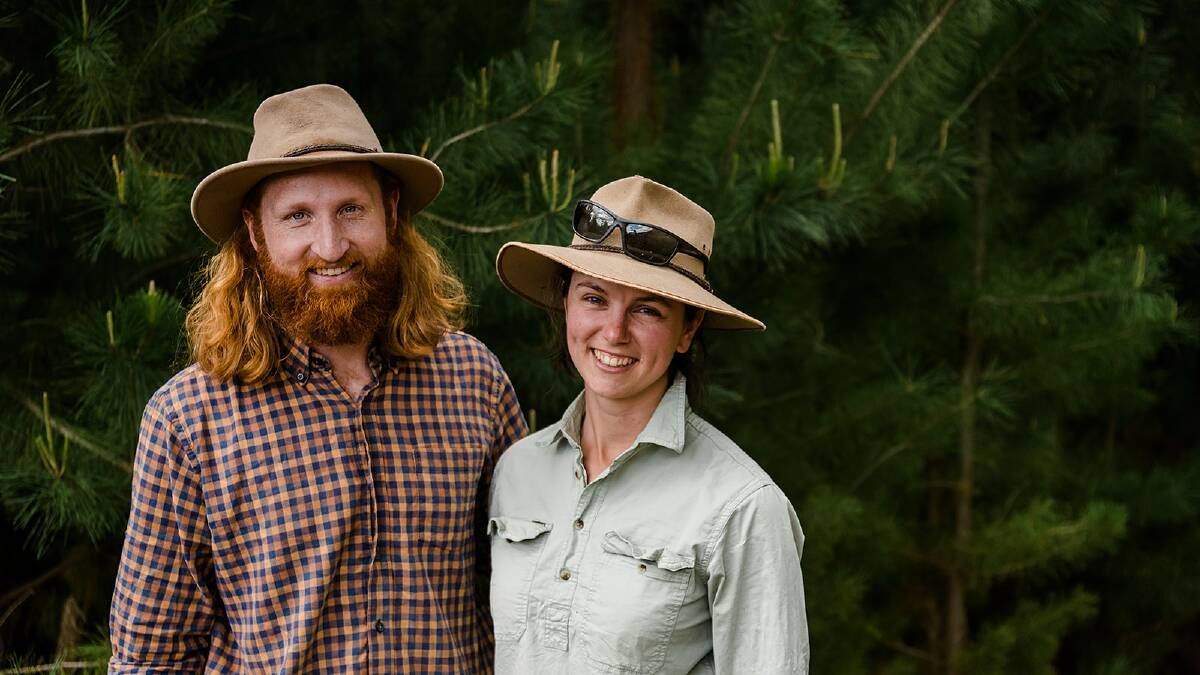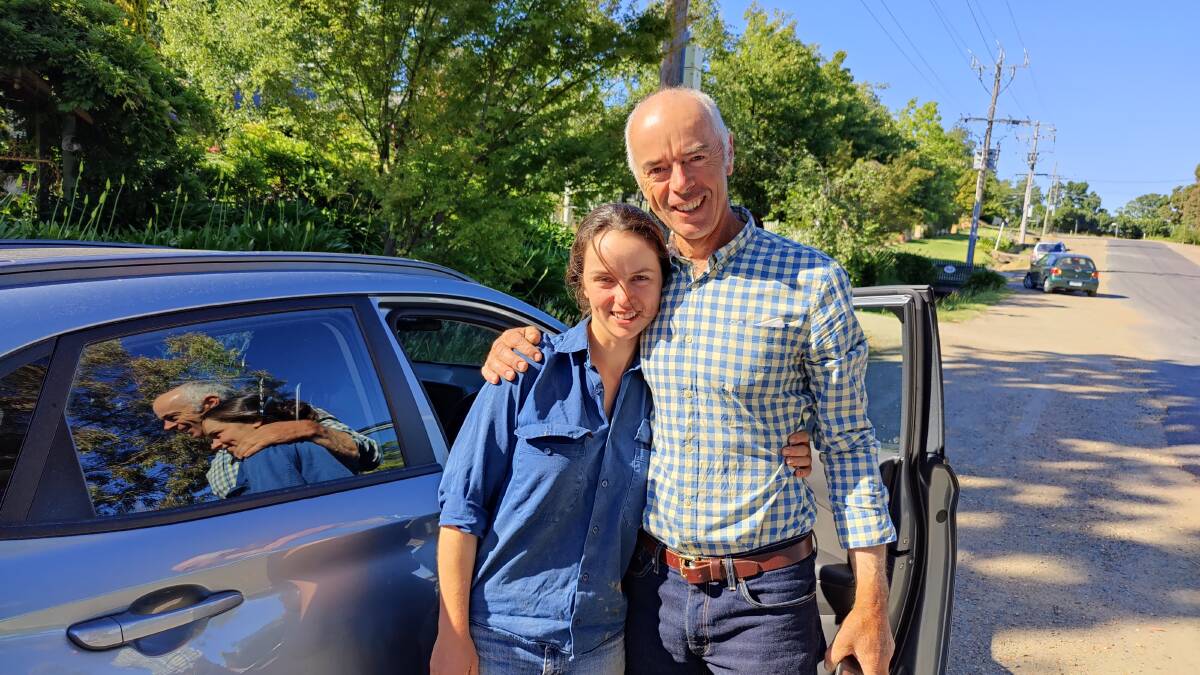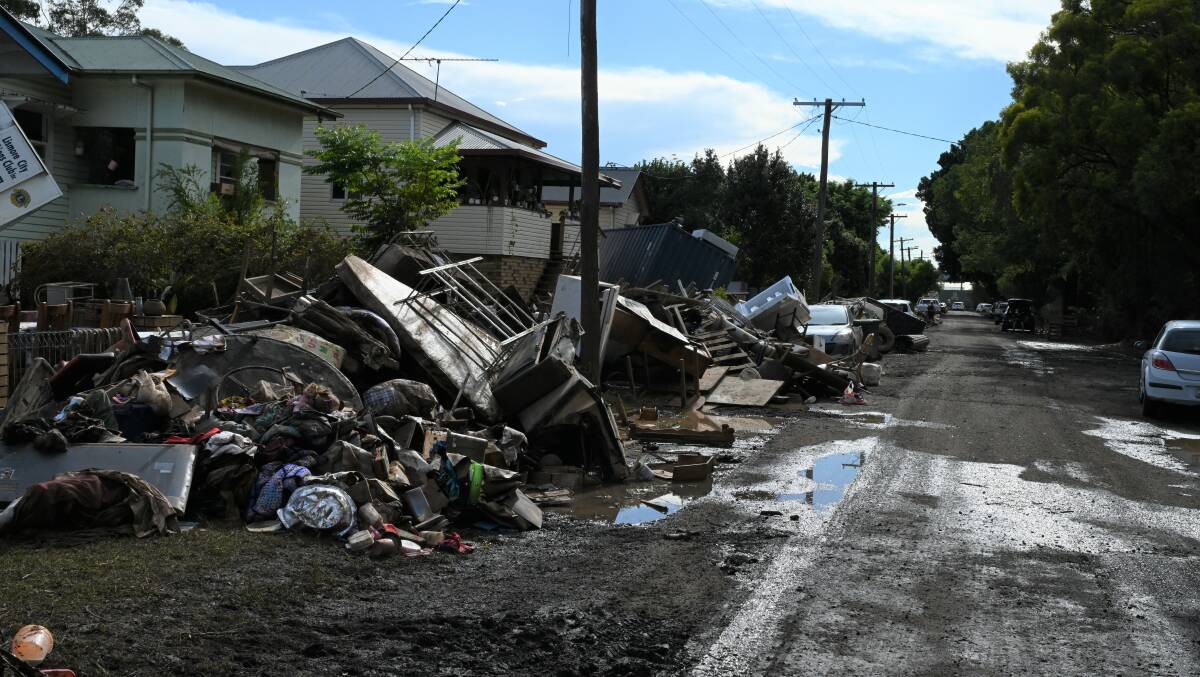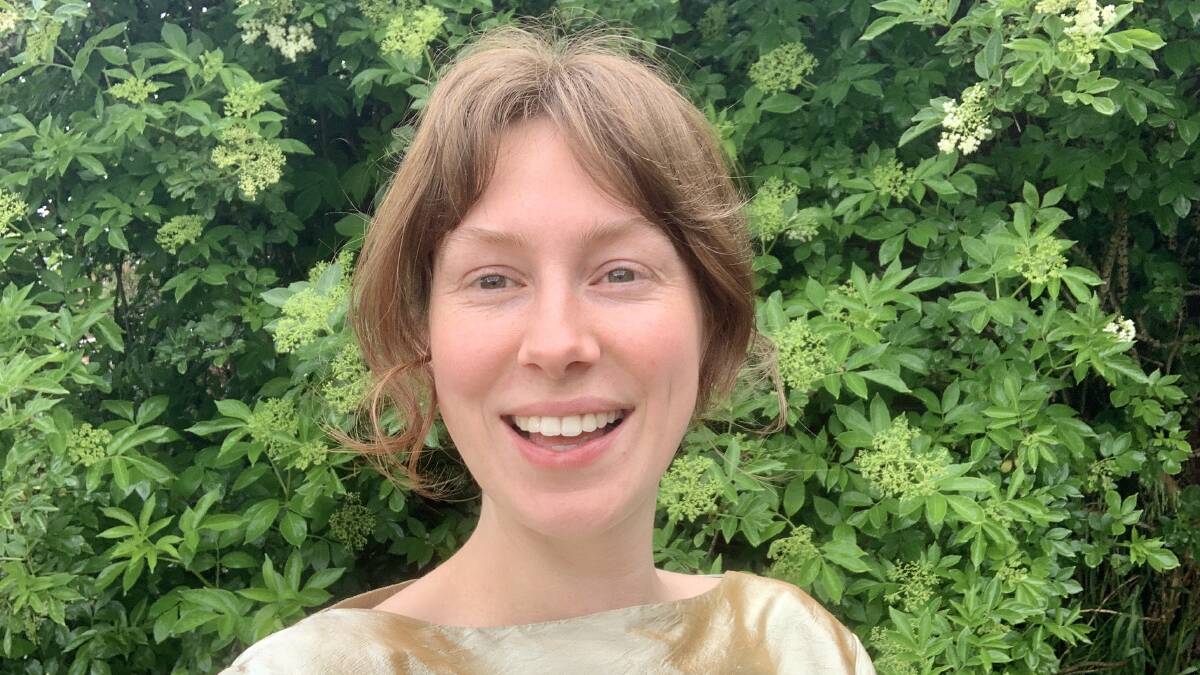Pig farmer Hanna McCreath isn't getting too attached to the Beechworth land she calls home.
"It does get really hot in summer and it is a fire prone-area and that's just going to become worse. I don't see a long term future for us here," she said of her farm in north-east Victoria.
The 29-year-old and her partner, Lachlan Hamilton, are among hundreds of thousands of regional Australians whose movements will be shaped by a changing climate.

A third of all Australians - just over 9.5 million people - live regionally and climate migration has already started.
Ms McCreath was a baby when her parents, Rob and Sally, arrived in Felton near Toowoomba in Queensland in 1994 to set up a cattle farm in the midst of what locals described as "the worst drought on record".
"Growing up in Queensland it always seemed to be hot and it always seemed to be dry and it just was a very volatile place to be," Ms McCreath said.
After two decades trying to make it work, the senior McCreaths packed up in 2017 and moved to the cooler and wetter climate of Deloraine in Tasmania.

Regional Australia hardest hit by climate change
According to the CSIRO, Australia's climate has warmed on average by 1.44 degrees since records began in 1910.
Every decade since 1950 has been warmer than the last.
Climate Council research director Dr Simon Bradshaw said as global temperatures rise so will the frequency and intensity of extreme weather in Australia.
"Australia is looking at more intense heat waves, worsening fire conditions, more of our rainfall coming in the form of these very extreme downpours increasing the risk of flooding," Dr Bradshaw said.
"Everyone faces a combination of changes and challenges and these certainly are felt and understood particularly by people living in the regions."
Rebalancing the nation
The Regional Australia Institute's (RAI) Rebalance the Nation report set a key goal for 90 per cent of regional Australia to have a moderate to high capacity for disaster resilience by 2032.
It wants the regional population to grow to 11 million by that time - one third of them aged 15 to 39 - with double the proportion of new migrants.
The move has already begun. RAI's Regional Movers Index shows millennials made up about 51 per cent of people leaving capital cities between March 2020 to June 2022.
Institute chief executive Liz Ritchie said young people were critical to the workforce as renewable energy industries expanded.
Ninety-seven per cent of Australia's renewable electricity is already generated in the regions.
"The technology is moving at such a pace that the younger generation are learning this currently," Ms Ritchie said.
"[Young people] bring an awful amount to regional communities - they bring their careers, their ambitions, they bring their families or perhaps aspirations for a family.
"They have a whole lot of social benefits, such as participation in sport and community volunteerism; they're coming with careers that provide pretty solid salaries that get re-circulated through the local economy."
In April 2022, modelling by the Australian Conservation Foundation (ACF) found installing rooftop solar on one million homes would create 26,484 construction jobs and 6006 jobs on solar farms.
The equivalent power in wind energy would create 5558 jobs. Comparable power from new coal and gas would only create 3573 and 652 jobs respectively, the ACF said.
Building resilient regions
Of the top 20 federal electorates most at risk from extreme weather by 2030, 13 encompass regional or rural towns, according to the Climate Council.
The number one at-risk electorate was Nicholls in northern Victoria, where 27.4 per cent of properties - or, 25,976 homes - will be at high risk of flooding by the end of the decade.
Some 22,274 homes in Richmond on the north coast of NSW, will be at risk from flooding or bushfires, making up 20.9 per cent of the housing stock.
In the south-west Queensland seat of Maranoa, 19,551 homes - nearly 15 per cent - will be at high risk.

Resilience planning will help maintain populations and economies in the regions, but there is no "one size fits all" approach, Liz Ritchie said.
"I think that just speaks to the complexity of what resilience is and the uncertainty that underpins disaster resilience," she said.
"If it's floods there are certain steps, if it's fires there are certain steps, and drought it's different again ... the costs are going to be tenfold if we don't get it right."
According to a 2021 report by the Australian Business Roundtable for Disaster Resilience, natural disasters cost the Australian economy $38 billion annually. That cost is projected to rise to $73 billion per year by 2060.
Federal Climate Change Chris Bowen said the government is setting up a "disaster ready fund" for regional towns and cities.
"Which is going to be proactive: $200 million a year of expenditure working with communities to prepare for disasters, disaster mitigation," Mr Bowen said.
"It recognizes that while mitigation is the most important thing, the world is already warmed. Climate change is now a lived reality and we need to adapt as well."
Depopulate Australia?
Not everyone agrees regional Australia should be aiming to expand.
Sustainable Population Australia (SPA) chief officer Jenny Goldie said the nation should be decreasing our population to reduce emissions.
"I think it's irresponsible to avoid [talking about population reduction] because you can't provide ecological sustainability just by looking at affluence and technology alone," she said.
"You have to look at population size as well because every new person in the country, whether it's an immigrant or whether it's a person born here has ... resource and energy requirements."
Dr Simon Bradshaw, from the Climate Council, said the population growth debate was a distraction.
"If we get preoccupied with population [reduction], we tend to be misdiagnosing the problem.
"We have to move forwards in ways that bring everyone along - and that leave communities stronger, that narrow inequality as we go."

Making the most of now
For Victorian farmer Hanna McCreath, the knowledge she might have to move one day, like her parents did, to chase a better climate, influences how she farms now.
"Rather than thinking about avoiding moving, I'm thinking about, 'How do I ensure that the farm we have now is put in the best place to be a beautiful place in the future," she said.
"Personally, how do we ensure that we're building communities and we're learning things that put us in a better place for wherever we go next?"
Ellie's story

Where I live in the Victorian central highlands it's pretty special.
We've got beautiful bushland and national parks, as well as some of the state's most important agricultural crops.
We have fast-expanding communities made up of young families, students, tree-changers and, increasingly, workers brought in by the growing renewable energy sector in our sunny, windy region.
We've had to deal with bushfires, floods and drought. And there will be more to come as natural disasters increase in intensity and severity as a result of human-made climate change.
Accurate and people-first climate reporting is more important now than ever.
I'm proud to be part of this series because, at its heart, are the stories of regional Australia and its people.
You can read the full Young and Regional: Our Climate Future series here.


